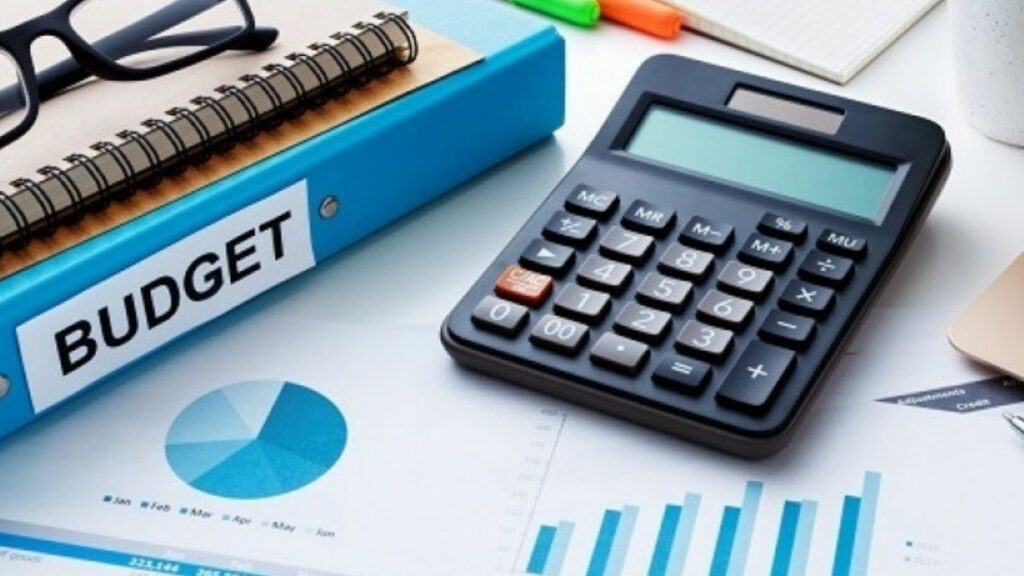Remaining debt-free in today’s financial climate takes discipline, smart decision-making, and habits that protect personal finances from unnecessary strain. Across the country, individuals and families have developed strategies that allow them to manage money effectively while avoiding debt traps. Here are 21 financial rules that Canadians follow to stay debt-free.
Creating a Practical Budget and Updating It Regularly
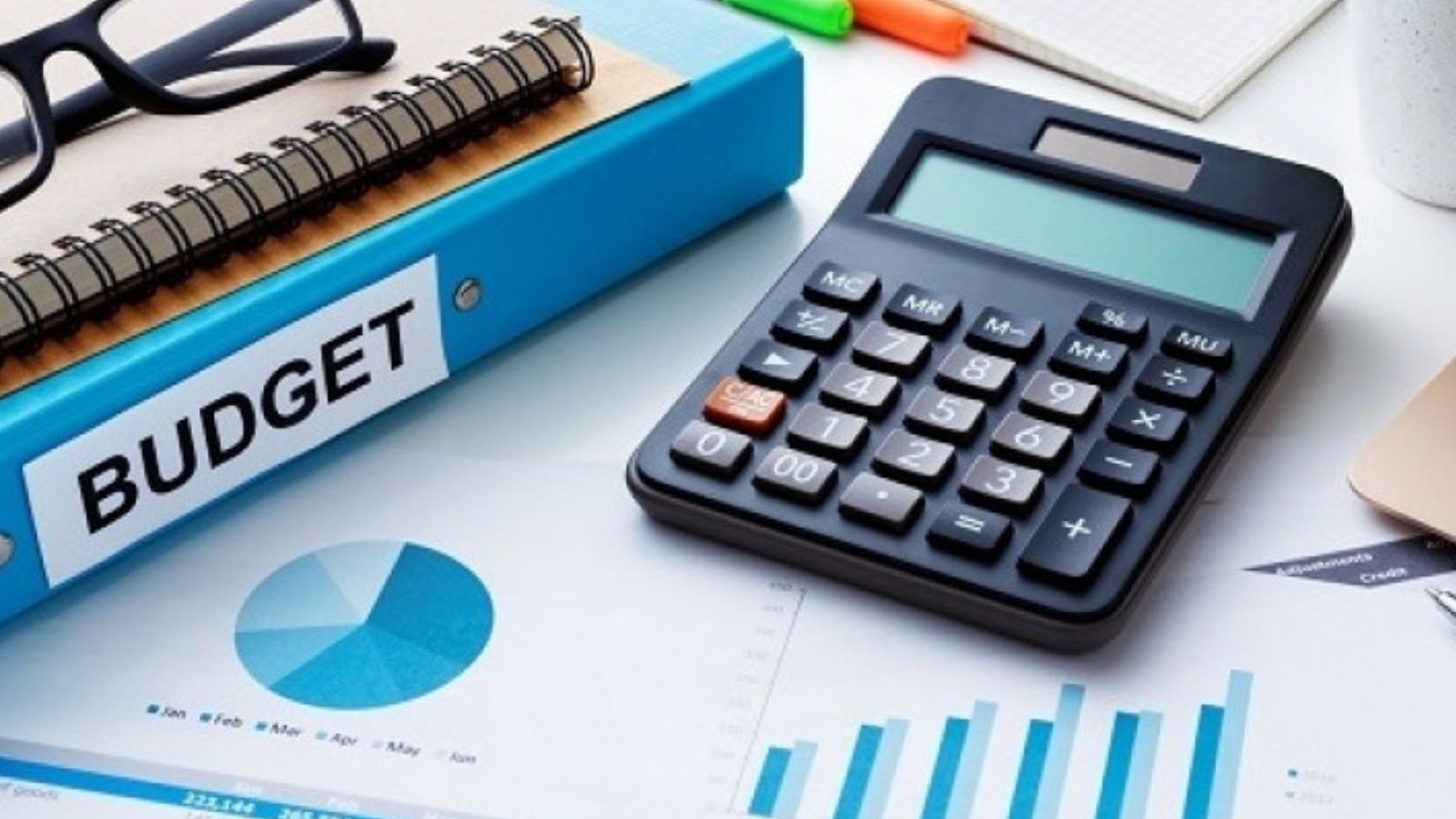
A functional budget isn’t just a spreadsheet; it’s an active tool that’s reviewed and updated often. By tracking income and expenses in real time, individuals can identify patterns, control unnecessary spending, and redirect money toward savings or debt repayment. Adjustments are made when income changes or new expenses appear, ensuring that the budget reflects current realities rather than outdated assumptions. Digital budgeting tools and banking apps make this process easier by automatically categorizing expenses. Those who commit to reviewing their budget weekly or monthly can spot problem areas early, before small overspending habits snowball into large credit card balances or lines of credit reliance.
Setting an Emergency Fund as a Non-Negotiable Priority
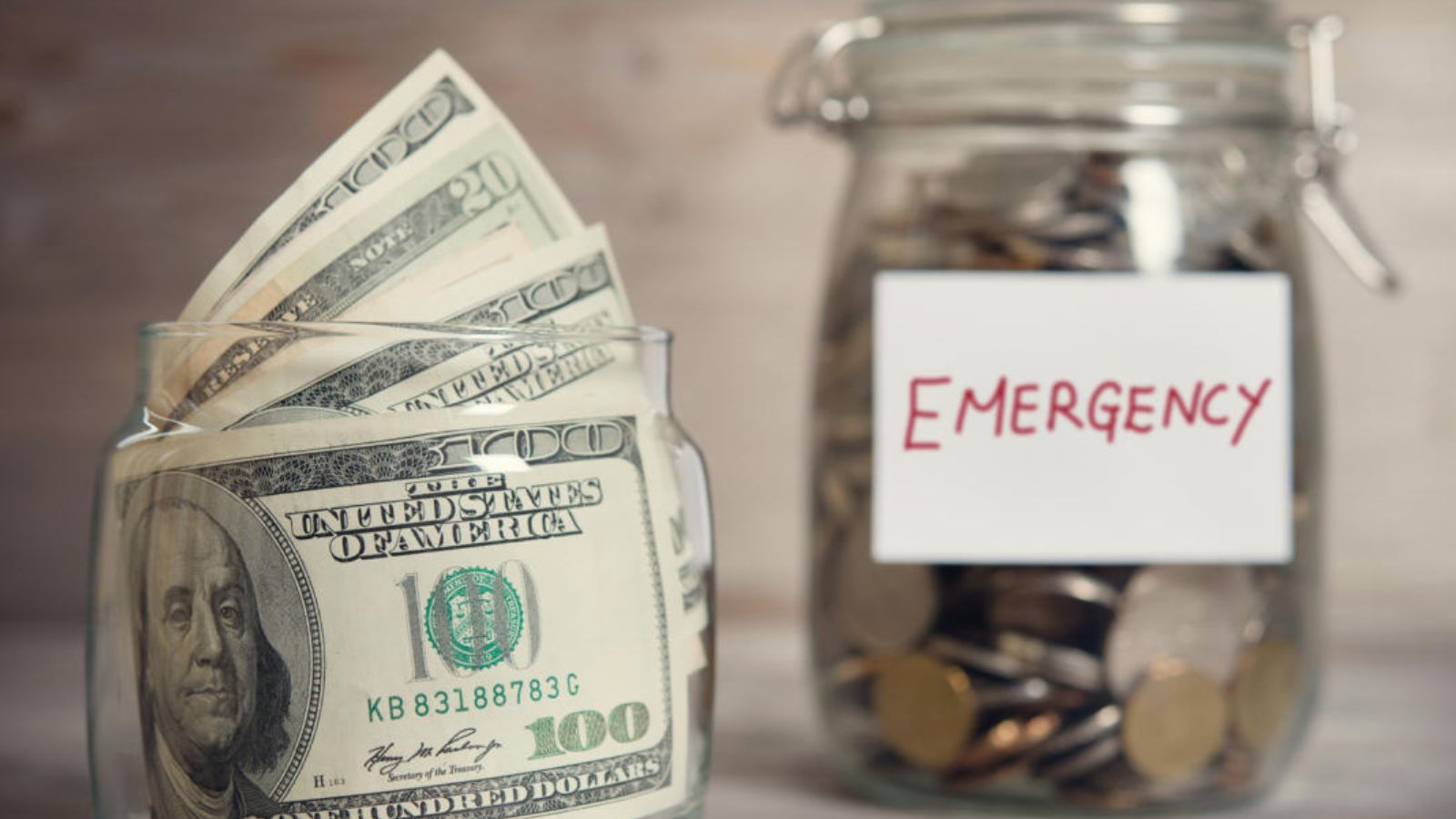
An emergency fund acts as a personal safety net, covering sudden costs like medical bills, home repairs, or temporary income loss without resorting to borrowing. The general goal is to save three to six months’ worth of essential expenses, though some prefer even more for extra security. Automating a portion of each paycheque to go directly into a separate high-interest savings account ensures the fund grows consistently. The key is keeping it separate from daily spending accounts, reducing the temptation to dip into it for non-emergencies.
Paying Off Credit Cards in Full Every Month

High-interest credit card debt is one of the fastest ways to derail financial stability. To avoid accumulating balances, many commit to paying the statement balance in full before the due date each month. This practice eliminates interest charges entirely and helps maintain a strong credit score. Using credit cards for rewards or convenience is fine as long as spending remains within budgeted limits. Setting up automatic payments or calendar reminders ensures no due dates are missed. By treating credit cards as payment tools, not borrowing tools, debt stays at zero while benefits like cashback or travel points are still earned.
Tracking Spending Categories Closely

Understanding exactly where money goes is essential to controlling it. Many use expense-tracking apps or even manual logs to categorize spending into areas such as housing, groceries, transportation, entertainment, and discretionary items. This breakdown reveals areas where adjustments can be made, like cutting down on subscriptions or finding more cost-effective grocery options. Tracking is most effective when done consistently rather than just during financial stress. It helps individuals make informed choices about trade-offs. For instance, whether reducing dining-out costs can free up funds for a planned vacation or investment.
Avoiding Unnecessary Loans and Financing Plans
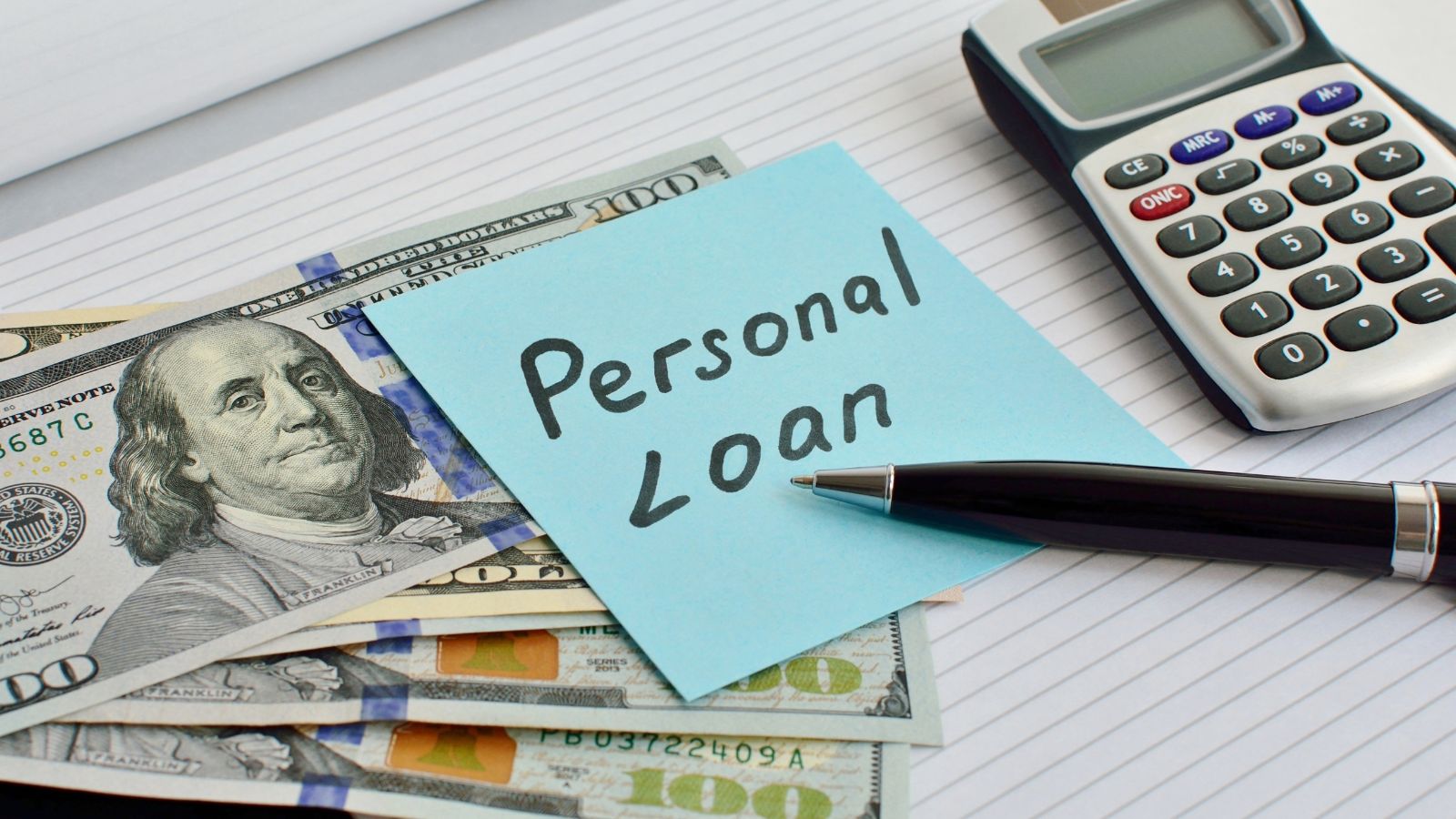
Before taking on a new loan, financially cautious individuals weigh whether the purchase can be delayed until it can be paid for outright. Avoiding financing for non-essential items like electronics, furniture, or luxury travel helps prevent unnecessary interest costs. Even low-interest financing can become a burden if income changes unexpectedly. Instead, a “save first, buy later” approach ensures purchases are fully affordable. For large necessary expenses, options are researched thoroughly, and terms are scrutinized to avoid hidden fees or restrictive repayment conditions.
Living Below Income Level, Not Just Within It

Rather than stretching expenses to match income, many choose to live well below their earning potential. This creates surplus cash flow that can be directed toward savings, investments, or early mortgage payments. Lifestyle inflation, where spending increases in proportion to income, is actively avoided. This often means resisting the urge to upgrade cars, homes, or entertainment habits simply because a raise or bonus comes in. Over time, consistently spending less than what’s earned builds a financial cushion, reduces reliance on credit, and accelerates the journey toward long-term financial independence.
Using Cash or Debit for Discretionary Purchases

For non-essential spending, using cash or a debit card helps reinforce the concept of spending only what’s available. This method removes the temptation to “float” expenses on credit cards, which can lead to carrying balances. Many set aside a fixed amount of cash each month for entertainment, dining, or personal shopping, and once it’s gone, that’s the limit. This tangible method of managing discretionary spending keeps finances grounded and prevents creeping debt from impulse buys.
Prioritizing High-Interest Debt Repayment First
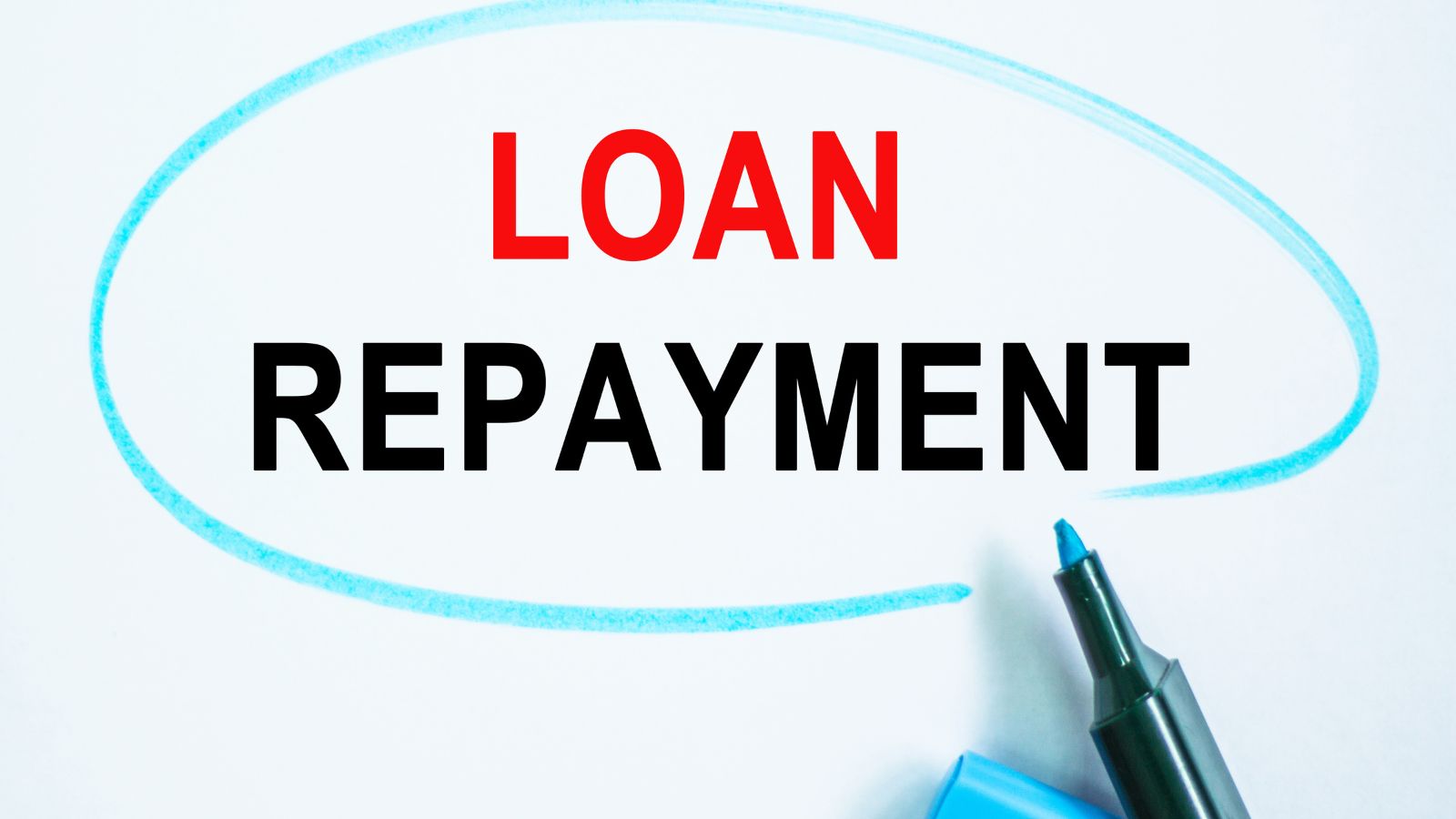
When debt is unavoidable, targeting high-interest accounts first saves the most money in the long run. This method, often called the avalanche approach, focuses on paying extra toward the debt with the highest rate while making minimum payments on others. Once the highest-interest balance is cleared, the freed-up payment amount is redirected toward the next one. This disciplined process accelerates debt elimination and minimizes the total interest paid over time. By removing the costliest debts first, financial breathing room is regained more quickly, reducing the risk of debt spiraling out of control.
Avoiding Co-Signing for Other People’s Loans

While helping friends or family financially can be tempting, co-signing a loan means taking full responsibility if the borrower defaults. This arrangement can damage credit scores, increase personal debt obligations, and strain relationships. Many debt-free individuals set a firm boundary against co-signing unless they are fully prepared to make the payments themselves. Offering alternative forms of help, such as financial guidance or smaller direct assistance that doesn’t require legal liability, protects personal finances. The priority is safeguarding one’s own stability before taking on others’ obligations.
Keeping Housing Costs Within a Safe Percentage of Income

Housing expenses are often the largest monthly cost, so keeping them under control is critical. Many aim to spend no more than 30–35% of gross income on housing, including mortgage or rent, property taxes, and insurance. This leaves room in the budget for other needs without stretching finances too thin. When buying a home, individuals consider not just current income but potential changes, ensuring they can still afford payments in less ideal circumstances. Also, by avoiding overextending on housing, they reduce the risk of mortgage stress and protect against having to rely on debt for other expenses.
Maintaining Good Credit but Using It Strategically

A strong credit score provides better loan terms when borrowing is necessary, but maintaining it doesn’t require carrying debt. Responsible credit card use, paying bills on time, and keeping utilization ratios low all contribute to a healthy score. Many individuals keep old accounts open to extend their credit history while limiting the number of new credit applications. This cautious approach ensures credit remains available at favorable rates for major purchases, like a home, while avoiding the pitfalls of overusing it for everyday spending.
Saving for Large Purchases in Advance

Rather than financing major buys, setting aside money ahead of time ensures the purchase doesn’t result in new debt. Whether for appliances, vehicles, or vacations, a sinking fund can be built by contributing a fixed amount monthly. This planned approach allows buyers to take advantage of cash discounts and avoid interest charges entirely. It also provides the flexibility to delay or adjust the purchase if circumstances change. The discipline of saving before spending reinforces overall financial responsibility and keeps budgets balanced.
Regularly Reviewing Insurance Coverage
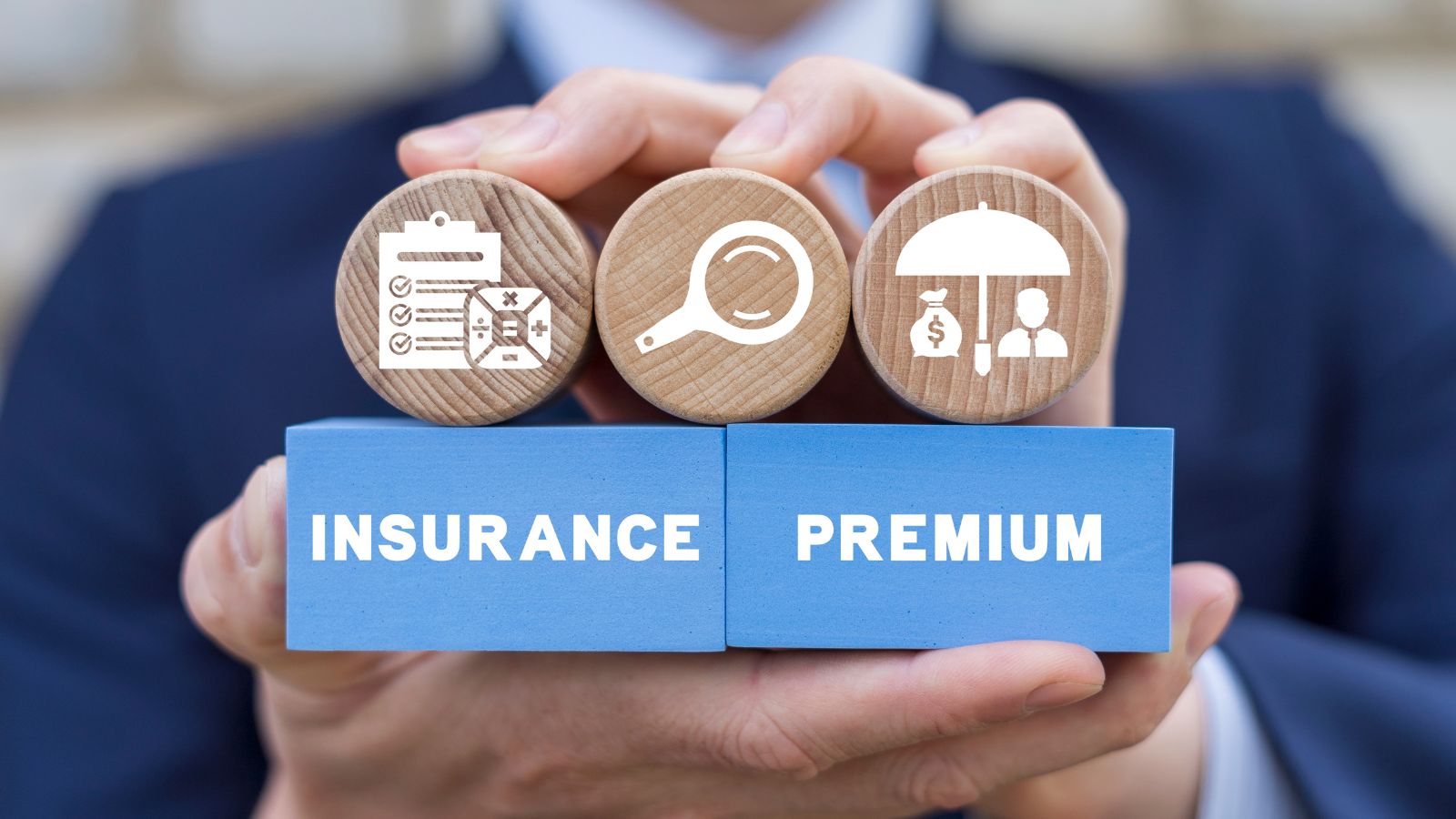
Unexpected events can be financially devastating without proper insurance. Reviewing coverage for health, home, vehicle, and life insurance ensures that policies remain sufficient and cost-effective. Many shop around for better rates every few years and adjust coverage as needs change, such as adding riders for valuable possessions or removing unnecessary options. This proactive habit prevents both overpaying and being underinsured, avoiding situations where unexpected costs force borrowing.
Automating Savings Contributions

Consistently saving is easier when it happens automatically. Setting up pre-authorized transfers from chequing to savings or investment accounts ensures contributions are made without relying on willpower. Automating this process also prevents the temptation to spend money that could have been saved. Many align transfers with paydays, so the savings are set aside before the rest of the income is allocated. Over time, this habit steadily builds financial reserves without feeling like a constant sacrifice.
Limiting Subscription and Recurring Expenses
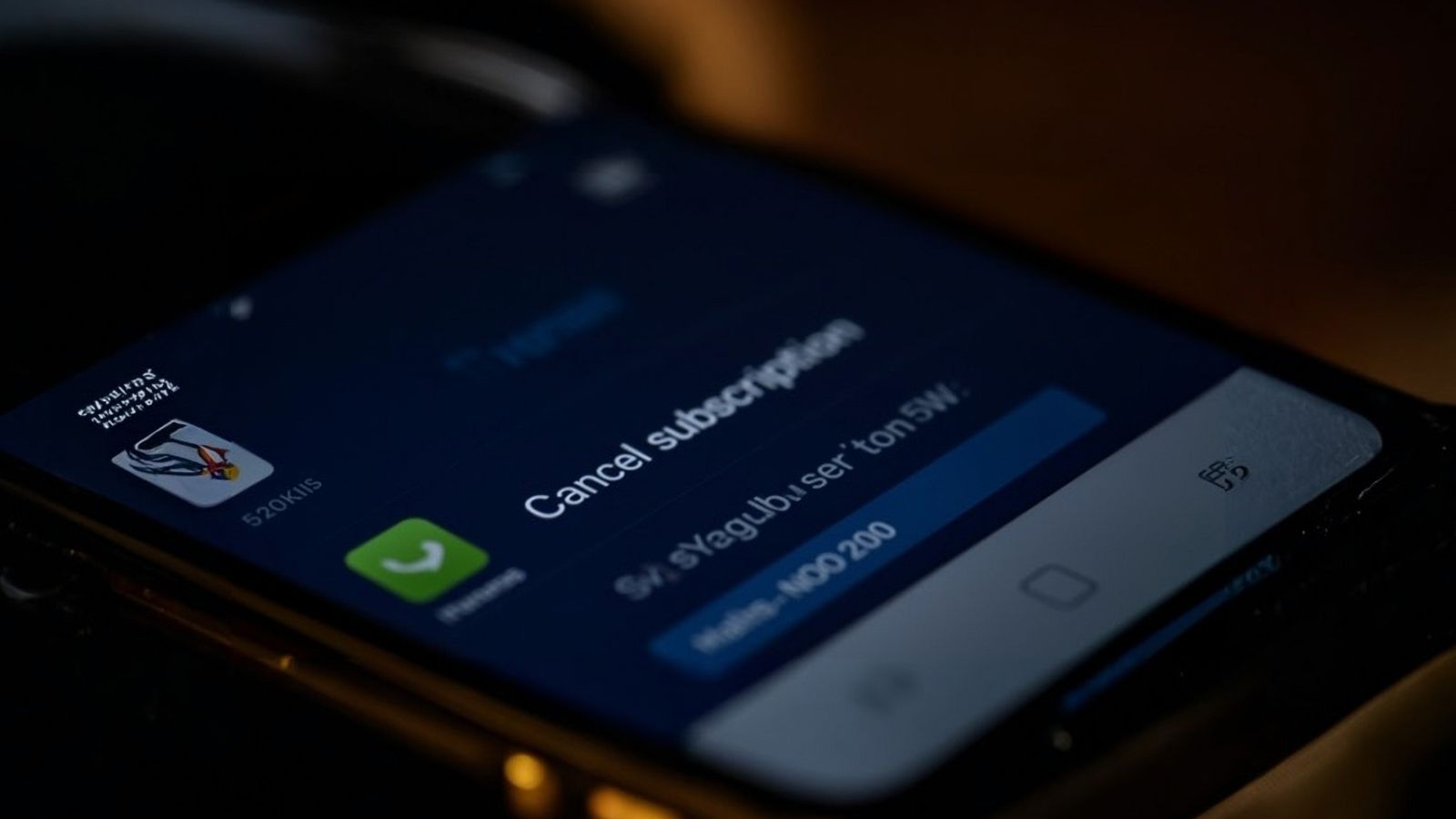
Small recurring charges can quietly erode a budget over time. Many review their subscriptions, streaming services, memberships, and software plans to determine which are truly necessary. Canceling unused or rarely used services frees up funds that can be redirected toward savings or more essential expenses. Plus, being selective with recurring commitments helps maintain flexibility in monthly budgets and reduces the risk of financial strain if income decreases.
Building Multiple Streams of Income

Diversifying income sources provides stability and reduces the risk of relying on a single job or client. Side businesses, freelance work, rental income, or investment returns can all contribute to overall earnings. Even small supplementary incomes can help cover discretionary expenses or accelerate debt repayment. This approach also provides a buffer against unexpected job loss, making it less likely that credit will be used to bridge income gaps. The focus is on sustainable, manageable income additions rather than high-risk ventures.
Keeping Vehicle Costs in Check

Vehicle expenses can quickly eat into budgets if not managed with intention. Choosing a dependable, fuel-efficient car, preferably used, reduces upfront costs and limits depreciation losses. Insurance is reviewed regularly to secure competitive rates, while preventive maintenance is prioritized to avoid major repair bills. Some also opt for public transit or car-sharing for specific trips to reduce wear and tear. By keeping transportation costs proportionate to income, more funds can be directed toward savings, debt repayment, or investments instead of disappearing into a car payment and upkeep.
Setting Clear Financial Goals and Reviewing Progress

Defining specific, measurable goals provides structure to financial decision-making. Targets might include paying off a mortgage ahead of schedule, saving for a down payment, or reaching a retirement milestone by a certain age. Progress is reviewed quarterly or annually, using tangible numbers to measure success. If setbacks occur, adjustments are made without abandoning the plan. This active monitoring keeps motivation high and spending intentional, ensuring that resources align with long-term priorities.
Avoiding Impulse Purchases Through Delayed Decision-Making

Implementing a delay before buying non-essential items helps prevent budget derailment. The waiting period, whether 24 hours or 30 days, allows for reflection on whether the purchase adds genuine value or simply satisfies a fleeting desire. Many find the urge passes, saving them money and reducing clutter. This habit also encourages price comparisons and the search for better deals. By slowing down purchase decisions, spending remains purposeful, and funds are preserved for goals that matter more than momentary gratification.
Educating Themselves on Personal Finance

Knowledge plays a key role in staying debt-free. Reading books, attending workshops, following credible financial news, and even taking online courses provide tools for better decision-making. Understanding concepts like compound interest, investment risks, and tax strategies empowers individuals to make informed choices. Not to mention, continuous learning ensures they adapt to changes in the economy, interest rates, and financial products without falling into costly traps.
Planning for Retirement Early
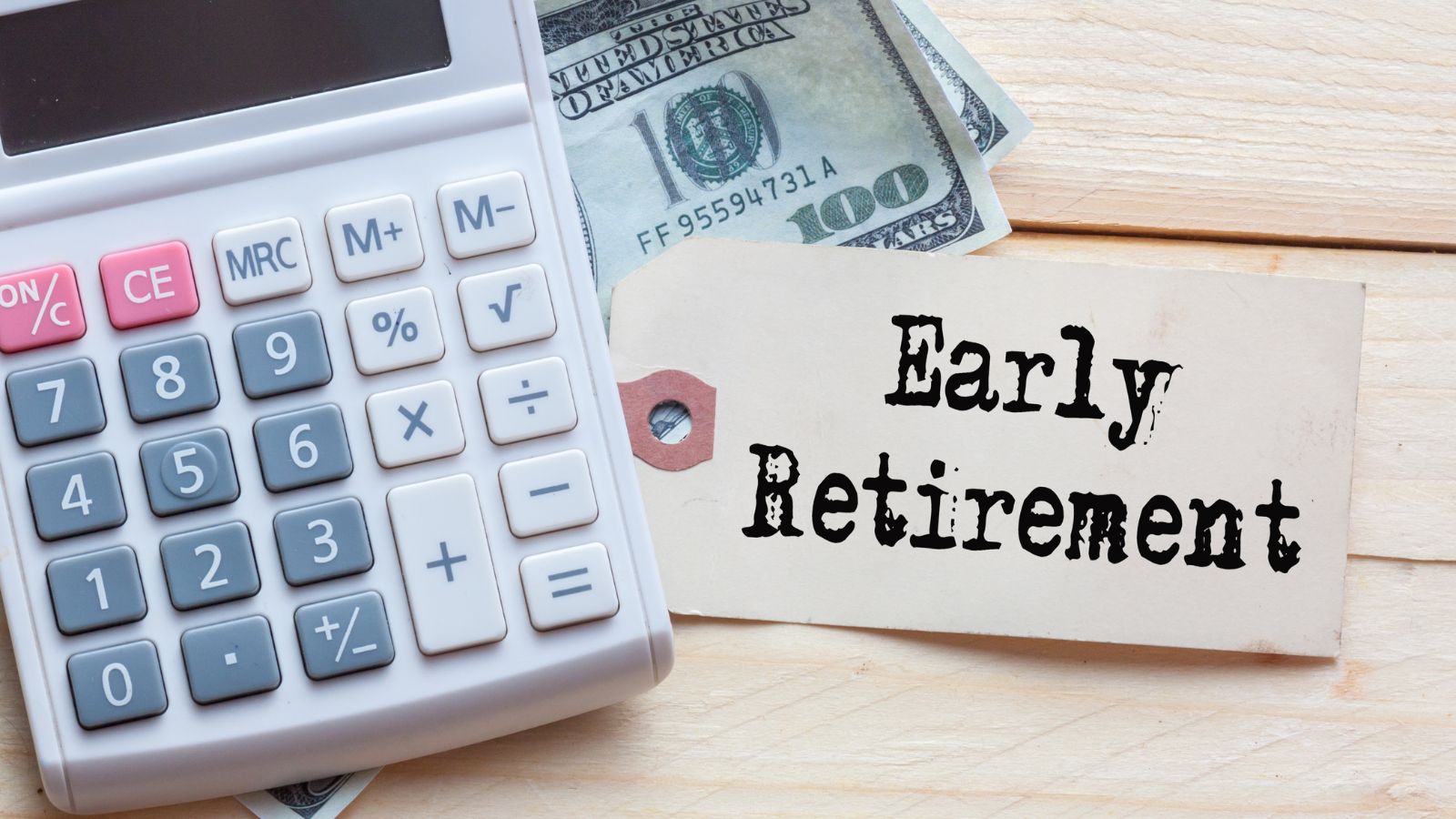
Starting retirement savings early takes advantage of compound growth and reduces the need for large contributions later in life. Many contribute to employer-sponsored pension plans or registered retirement savings plans (RRSPs) as soon as possible. By treating retirement savings as a mandatory expense rather than an afterthought, they build a secure future without having to rely on debt in their later years. All in all, regular contributions, even in smaller amounts, add up significantly over decades.
21 Products Canadians Should Stockpile Before Tariffs Hit

If trade tensions escalate between Canada and the U.S., everyday essentials can suddenly disappear or skyrocket in price. Products like pantry basics and tech must-haves that depend on are deeply tied to cross-border supply chains and are likely to face various kinds of disruptions
21 Products Canadians Should Stockpile Before Tariffs Hit
